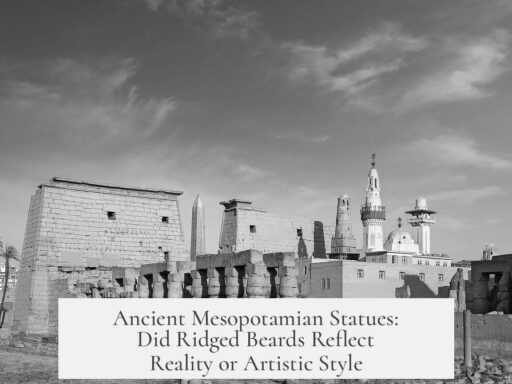Brazil has the largest Black population outside Africa, with roughly half its population identifying as Afro-Brazilian. Unlike the United States, Brazil never enacted formal, institutional segregation laws such as Jim Crow. However, systemic racism persists strongly in Brazilian society, shaped by its colonial history, late abolition of slavery, and policies favoring European immigration over Black inclusion.
Brazil’s Black demography stems from its history as the American continent’s largest importer of enslaved Africans. Between the 16th and 19th centuries, Brazil received approximately 4.9 to 6 million enslaved people. It abolished slavery in 1888, making it the last country in the Americas to do so. The end of slavery was not accompanied by reparations or plans to integrate Afro-Brazilians economically or socially.
The post-emancipation period did not feature legally mandated segregation like Jim Crow. There were no laws that explicitly enforced separation of races in schools, transportation, or public places. Instead, Brazil’s racial dynamics functioned through systemic exclusion and social stratification without codified racial barriers. Society and economy remained deeply unequal, disproportionately disadvantaging Afro-Brazilians.
Brazilian colonization created a society marked by extensive miscegenation. Unlike the rigid racial binaries historically enforced in the U.S., Brazil developed a complex spectrum of racial identities. The categories “preto” (black) and “pardo” (mixed race) often combine to indicate about half of the population descend from African ancestry. Despite this blending, social and economic inequalities aligned strongly with skin color and heritage.
The myth of “racial democracy,” popularized by Gilberto Freyre in the 1930s, suggested Brazil was free of racism because of widespread racial mixing. This narrative persisted for decades, hindering recognition of pervasive racial inequalities. Sociologists like Florestan Fernandes challenged this thesis in the 1960s, highlighting systemic exclusion and discrimination against Black Brazilians.
After abolition, freed Afro-Brazilians faced severe marginalization. The majority were illiterate, lacked land or financial resources, and had little access to education and professional opportunities. Many former slaves remained in rural labor or in segregated urban poor neighborhoods called “favelas.” Employment bias favored European immigrants over Black workers, especially in coffee plantations, as part of the “whitening policy” aimed at demographic and cultural shifts favoring whiteness.
The “whitening policy” functioned as an indirect institutional backlash against Black inclusion. From the late 19th century, Brazil encouraged immigration from Europe and Asia to replace Black labor. This policy aimed to socially “improve” the population by increasing the white and immigrant share, thereby reducing the relative size and political weight of Afro-Brazilians. It was a state-driven demographic strategy rather than explicit segregation laws.
Systemic racism in Brazil remains deeply embedded. Black Brazilians consistently face barriers in education, healthcare, housing, and economic mobility. Elite circles are predominantly white, while poverty disproportionately affects Black and mixed-race populations. The societal preference for lighter skin color pressures Black families to seek “whitening” through mixed-race unions to provide their children with perceived advantages.
Legal and policy responses to racism have been relatively recent. Racism has been a criminal offense since 1989. Affirmative action policies, such as mandates reserving public sector jobs for Black or mixed-race Brazilians, began following the 1988 Constitution. Despite progress, deep structural inequalities and racial disparities persist.
The absence of formal segregation laws like Jim Crow does not imply racial equity in Brazil. Instead, exclusion operates through more covert systemic mechanisms embedded in institutions and social structures. Scholarly attention from Brazilian and international sociologists highlights that Brazil’s racial landscape is shaped by historical legacies of slavery, demographic policies, and societal attitudes rather than official legal segregation.
| Aspect | Brazil | U.S. Jim Crow |
|---|---|---|
| Formal segregation laws | None | Yes |
| Late abolition of slavery | 1888 (last in Americas) | 1865 |
| Post-slavery integration | Systemic exclusion, no reparations | Legally enforced racial segregation |
| Policy to reduce Black population’s influence | Whitening/immigration policies | Disenfranchisement laws, segregation |
| Racial identity | Miscegenation, mixed categories | Rigid binary racial classification |
- Brazil’s Black population is the largest outside Africa due to its slave trade history.
- Slavery ended late with no reparations, and racial segregation laws never took shape like Jim Crow.
- Systemic racism operates through social exclusion, economic marginalization, and demographic policies like whitening.
- Myth of racial democracy delayed acknowledgment of racial inequalities.
- Recent affirmative actions and anti-racism laws exist but structural inequality remains pervasive.


